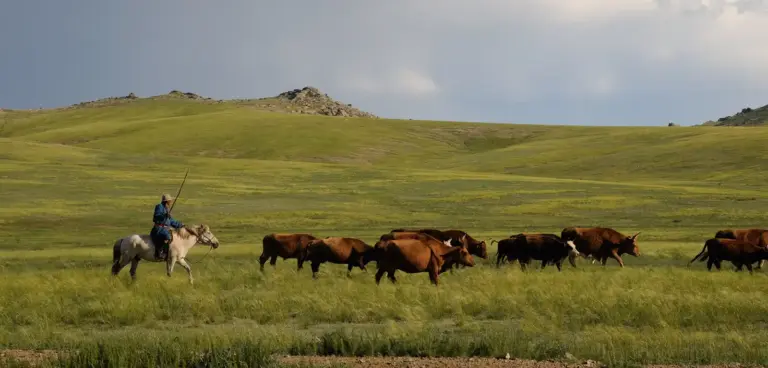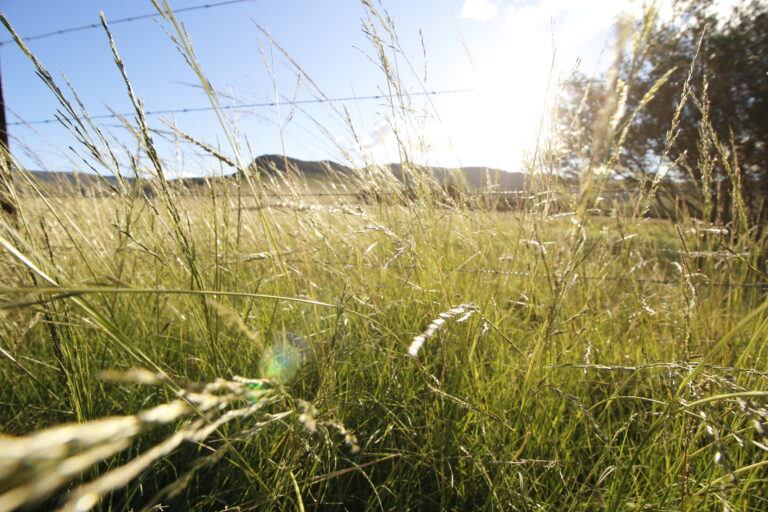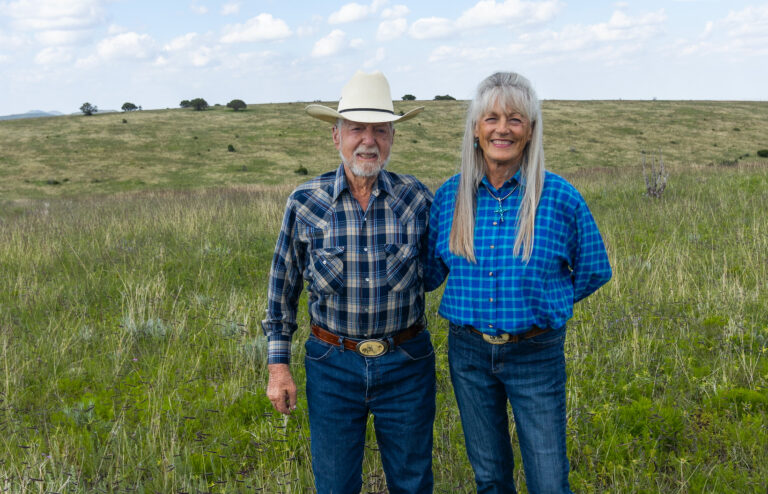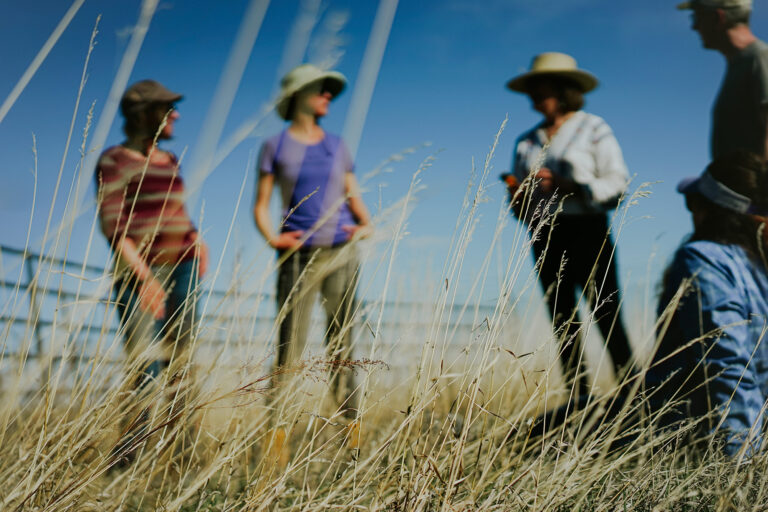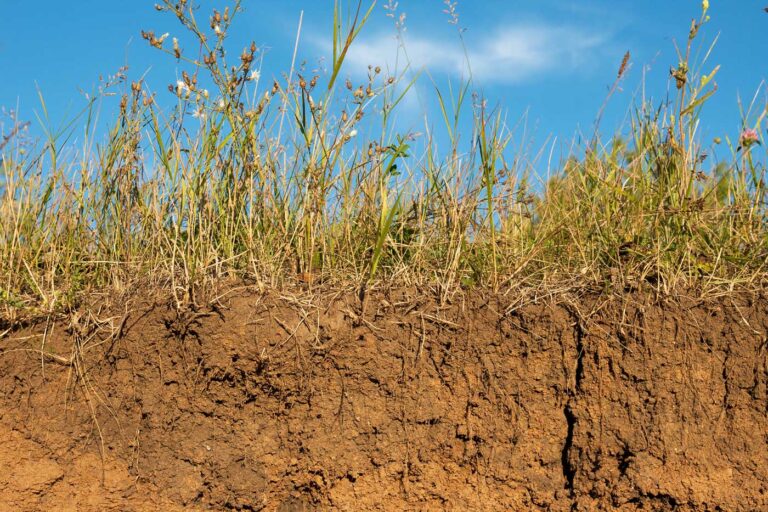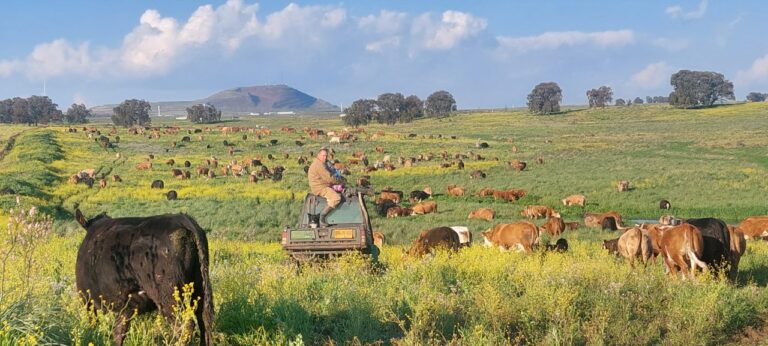
Adaptive multi-paddock grazing enhances soil carbon and nitrogen stocks and stabilization through mineral association in southeastern U.S. grazing lands
This paper conducted a large-scale on-farm study on five “across the fence” pairs of Holistic Planned Grazing, referred to by the authors as adaptive multi-paddock (AMP) grazing, and conventional grazing (CG) grasslands covering a spectrum of southeast United States grazing lands. Findings showed that the AMP grazing sites had on average 13% (i.e., 9 Mg C ha−1) more soil C and 9% (i.e., 1 Mg N ha−1) more soil N compared to the CG sites over a 1 m depth. Additionally, the stocks’ difference was mostly in the mineral-associated organic matter fraction in the A-horizon, suggesting long-term persistence of soil C in AMP grazing farms.





